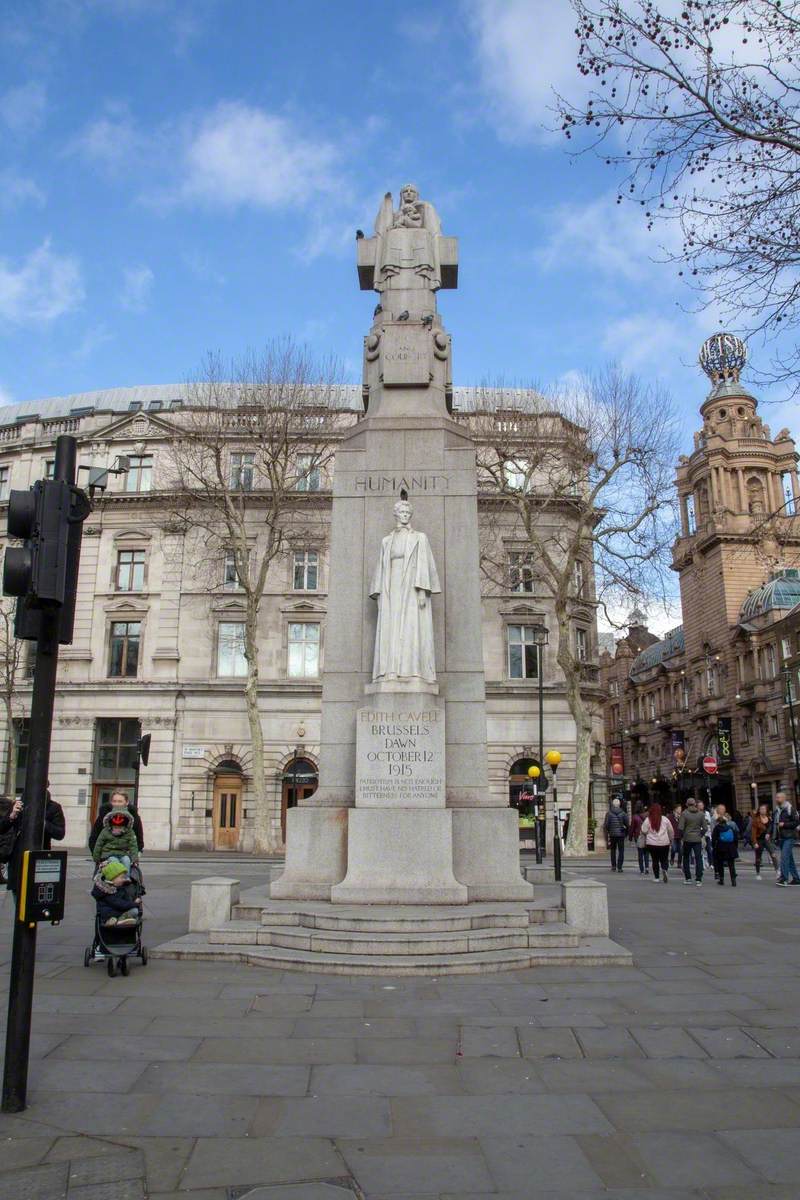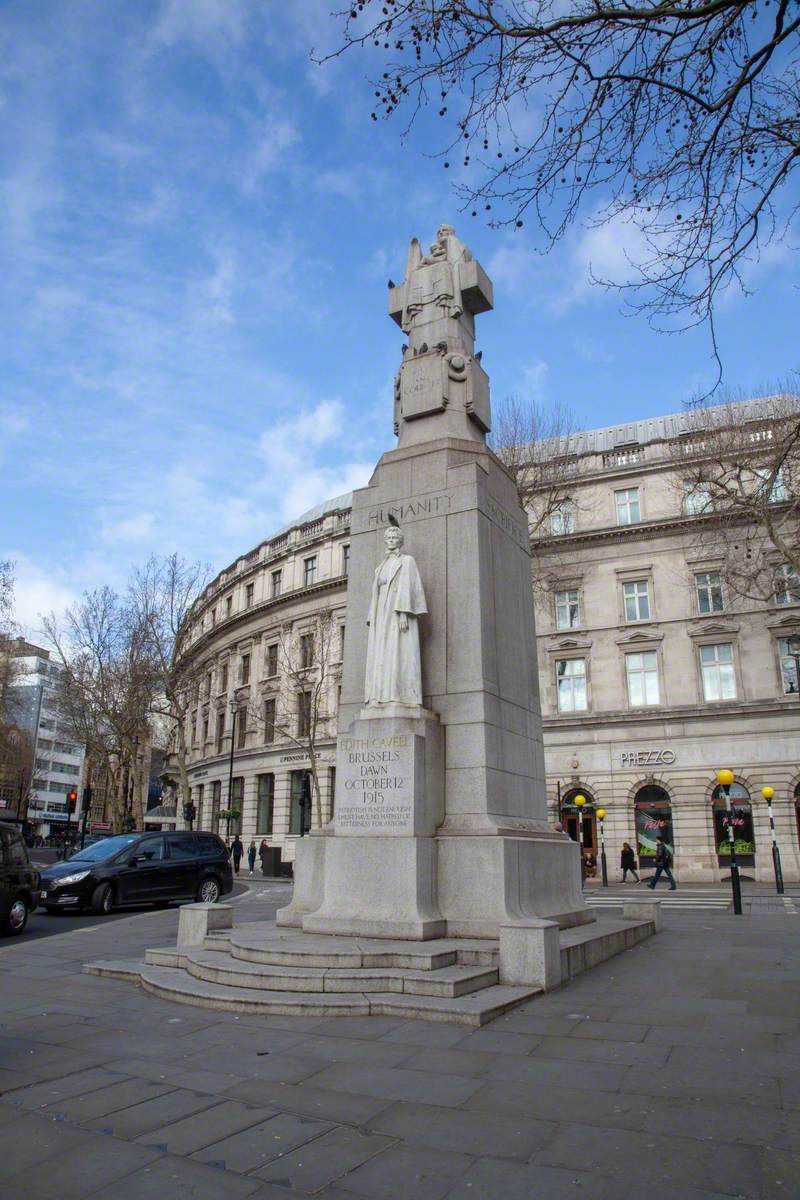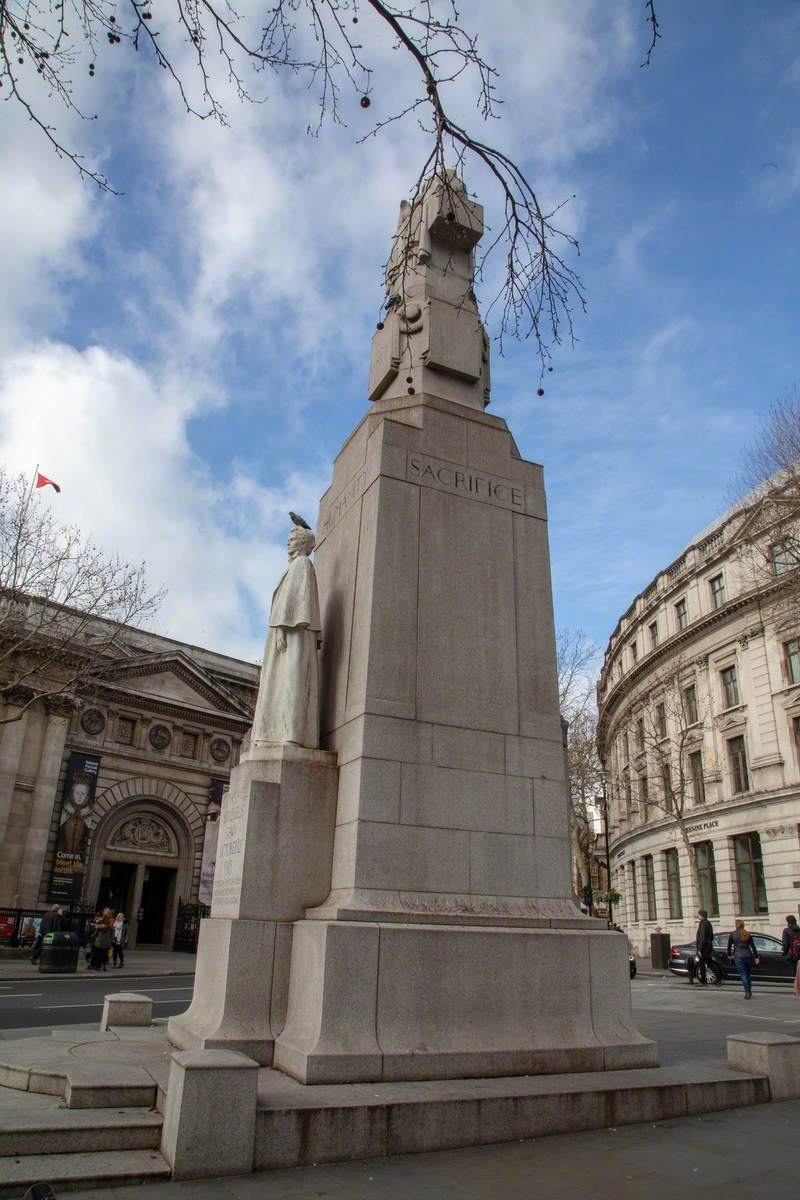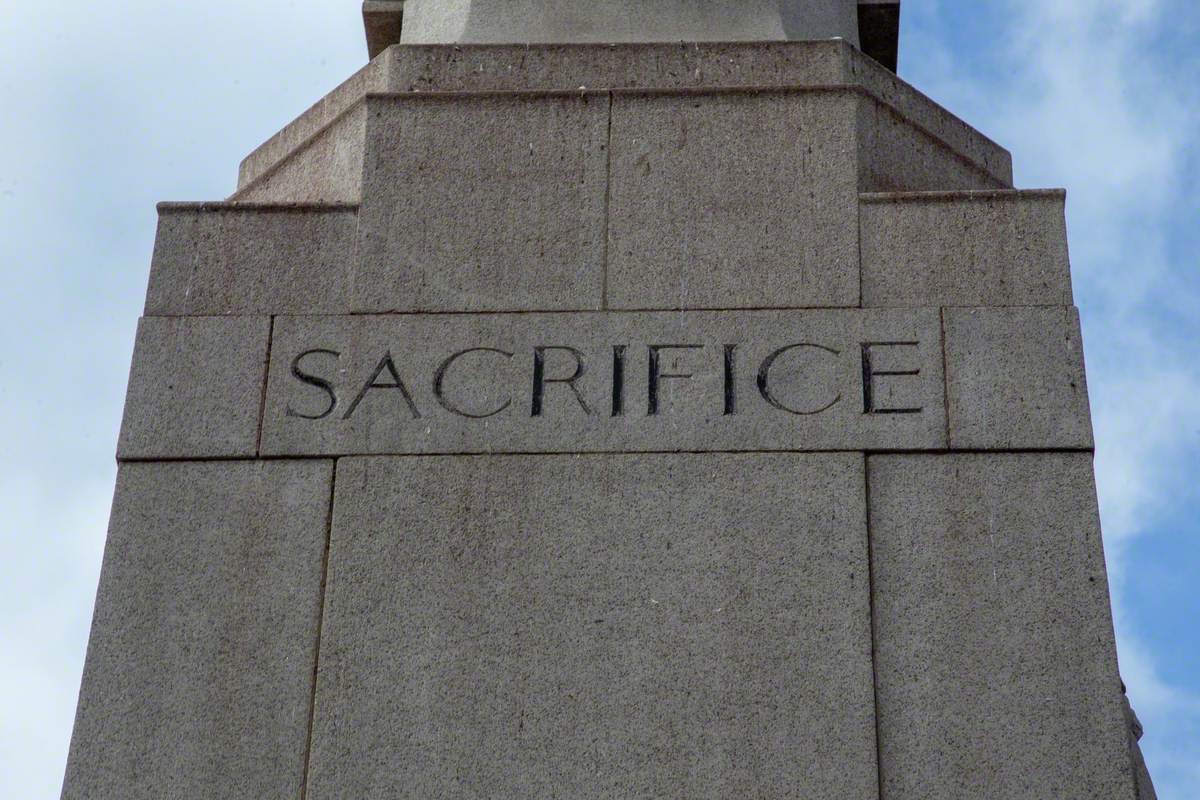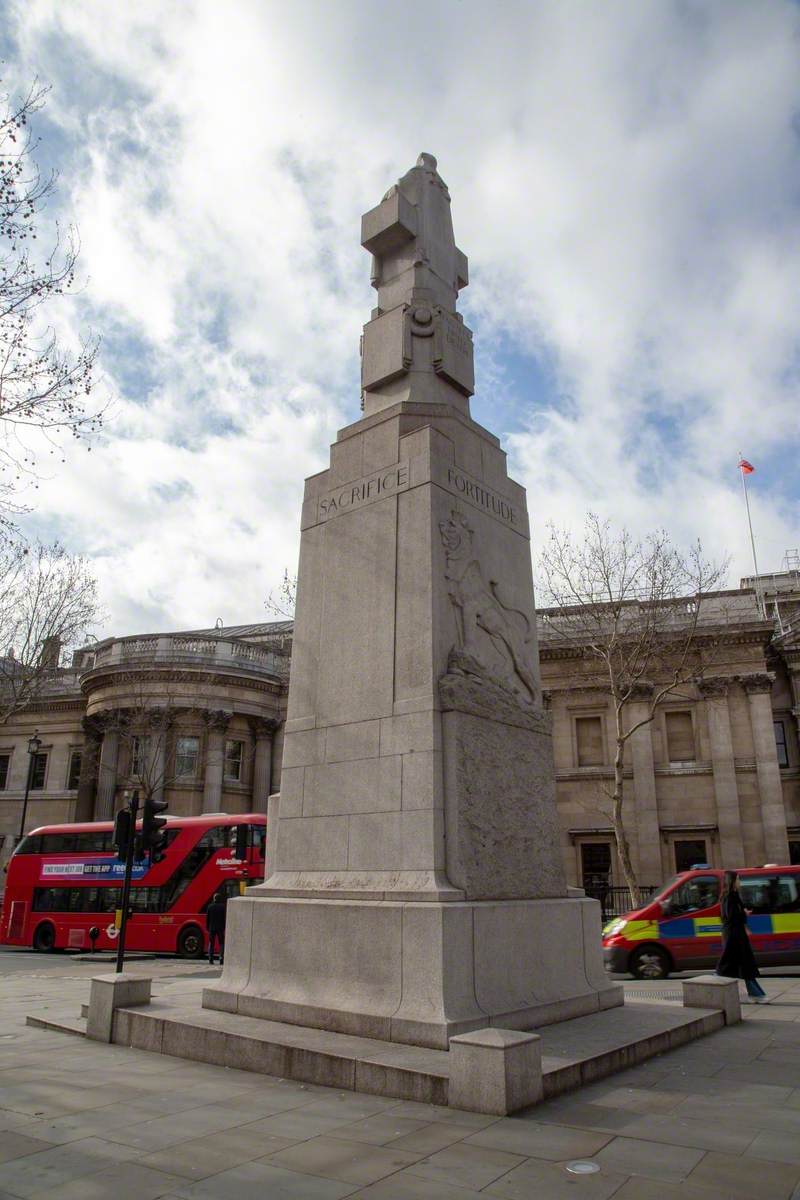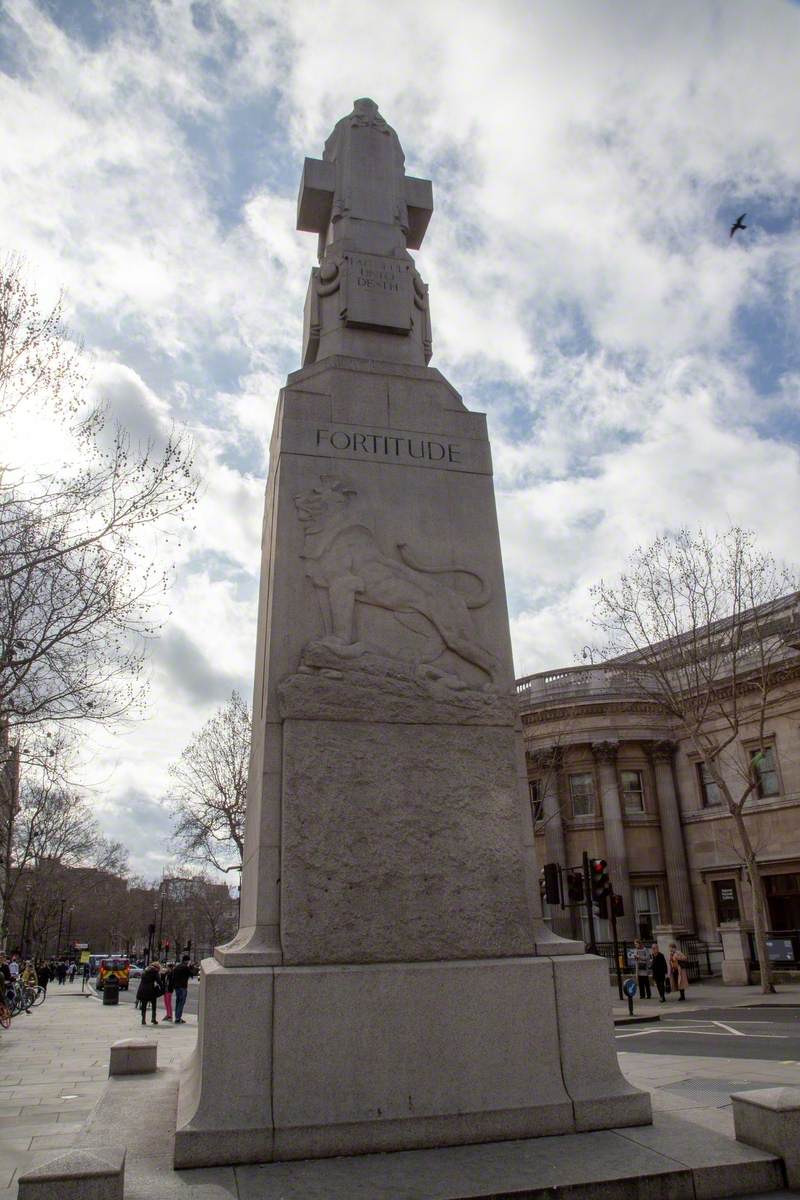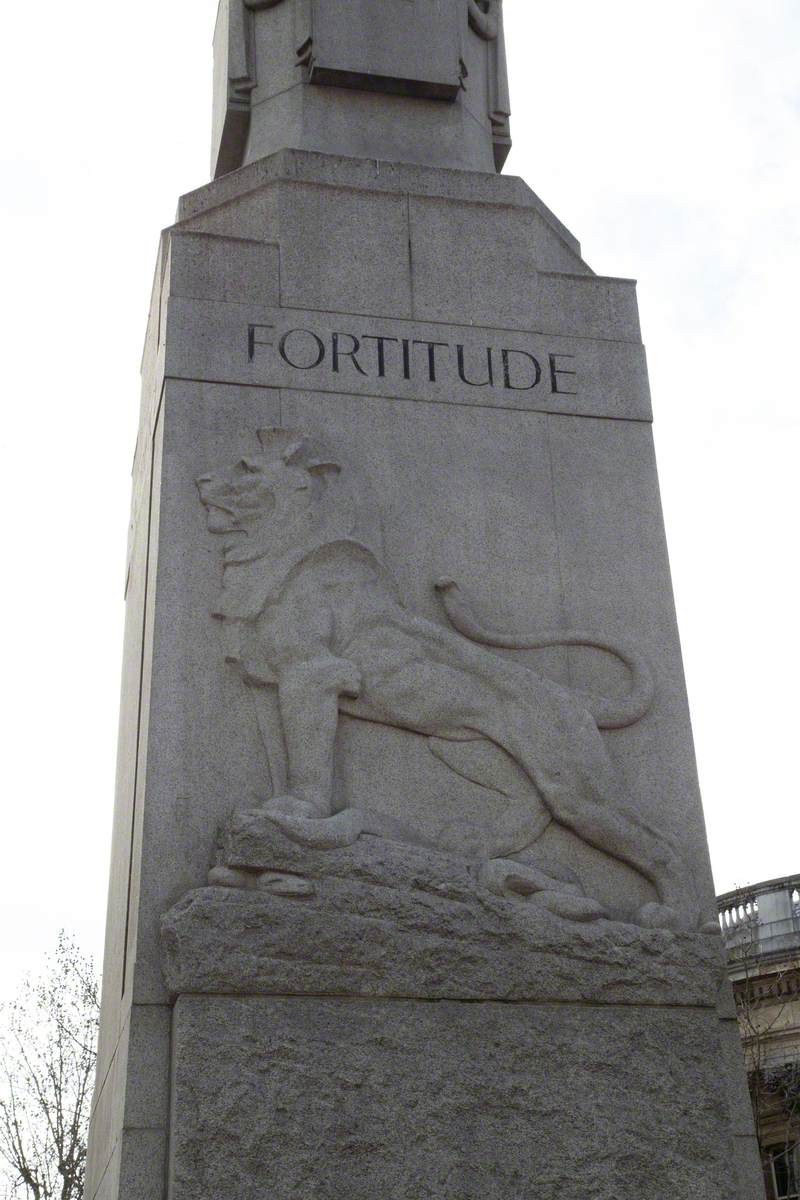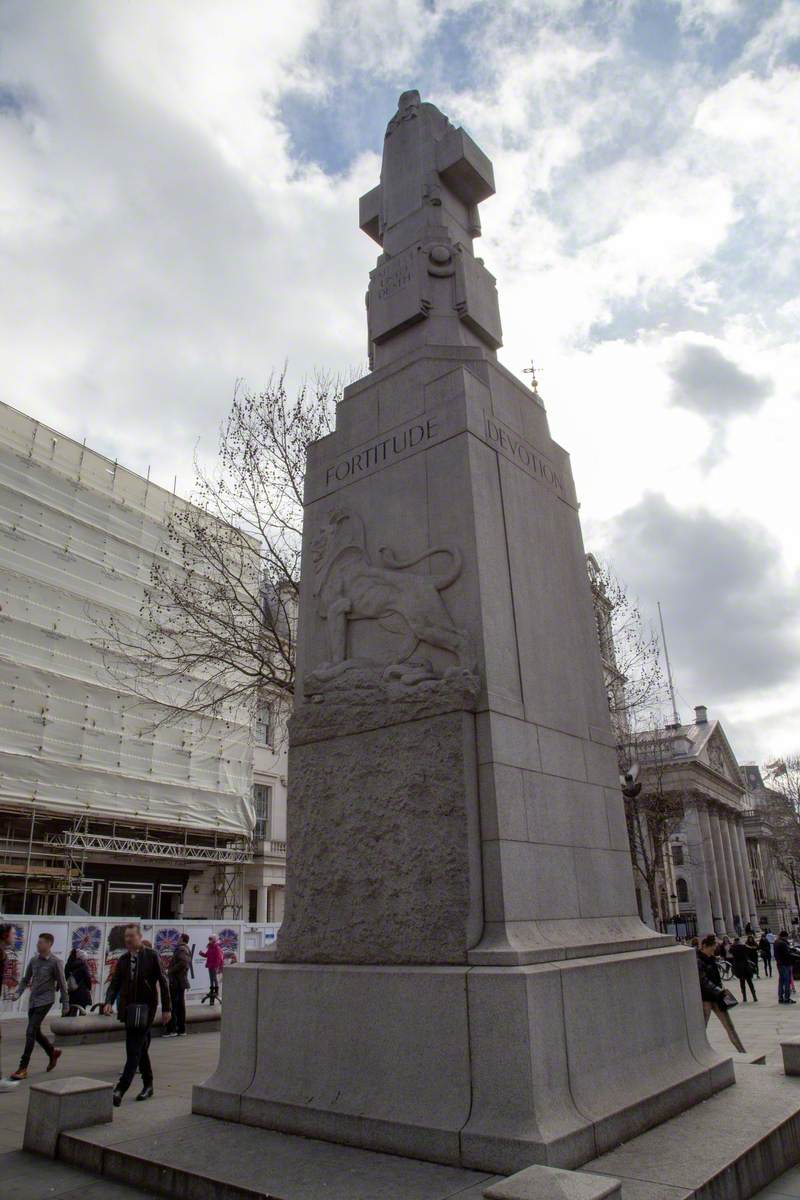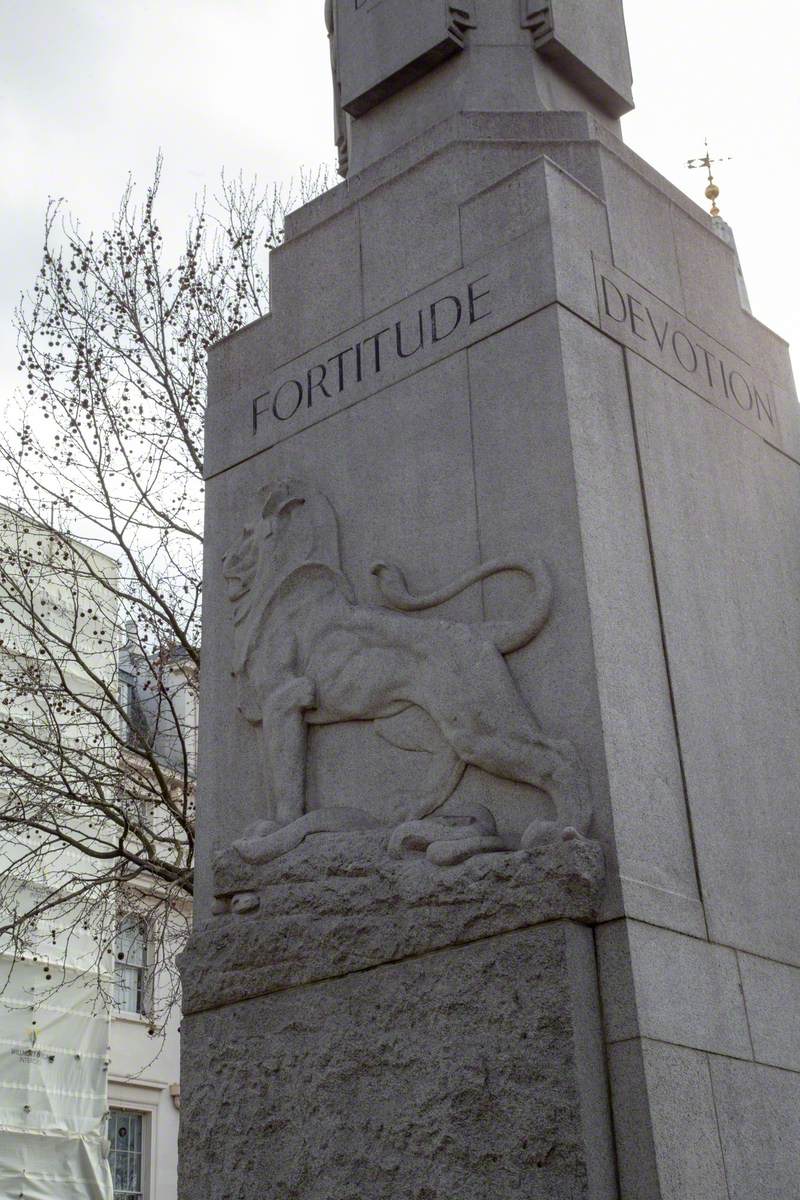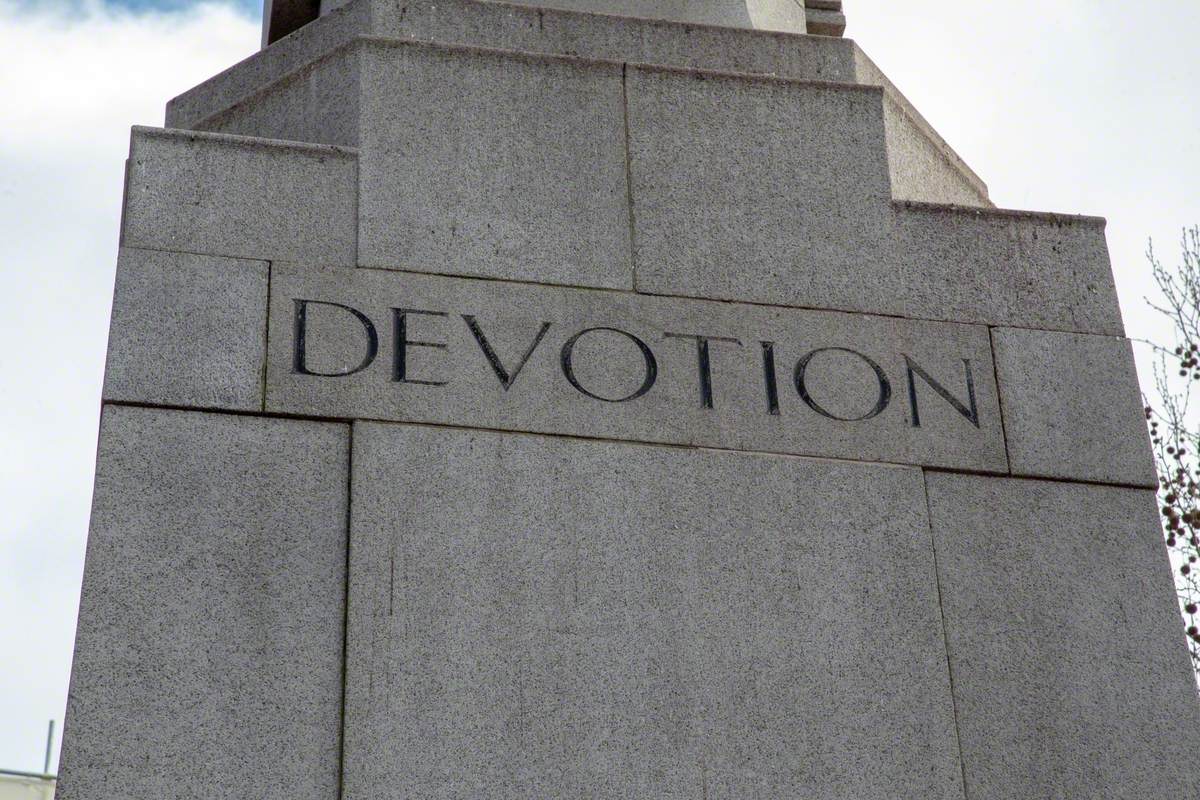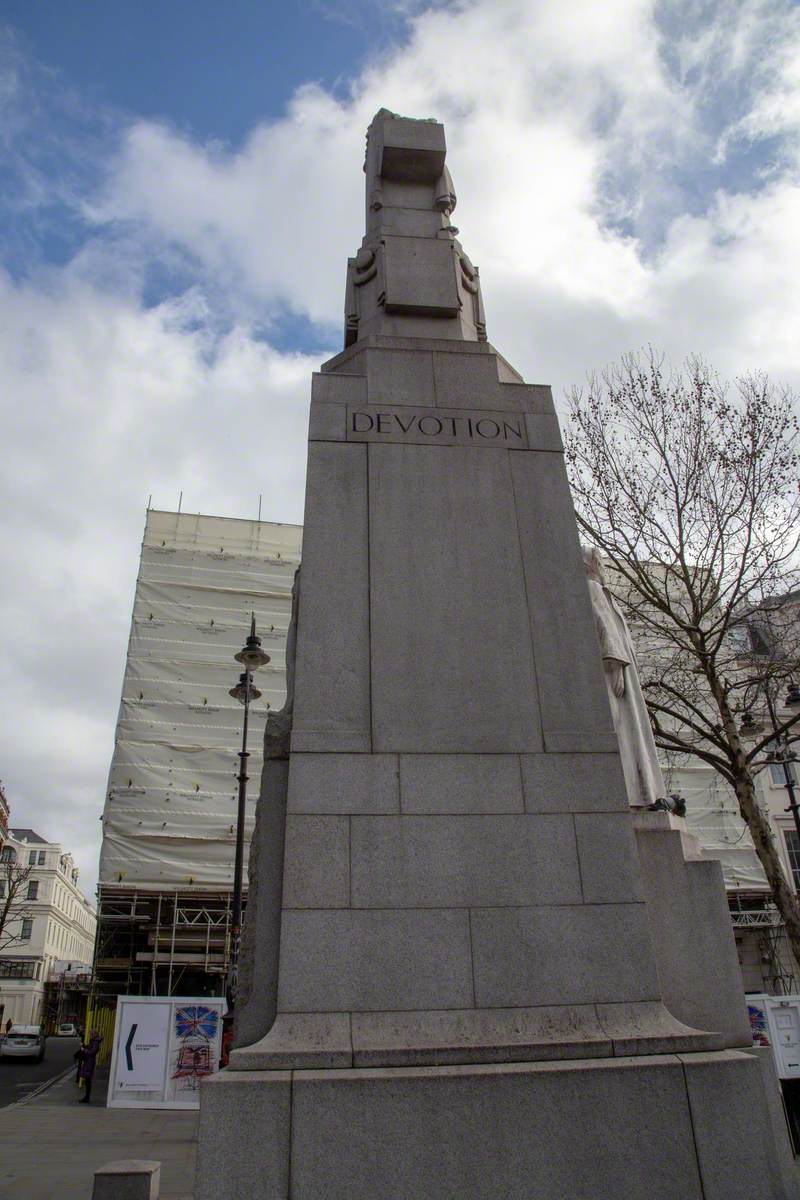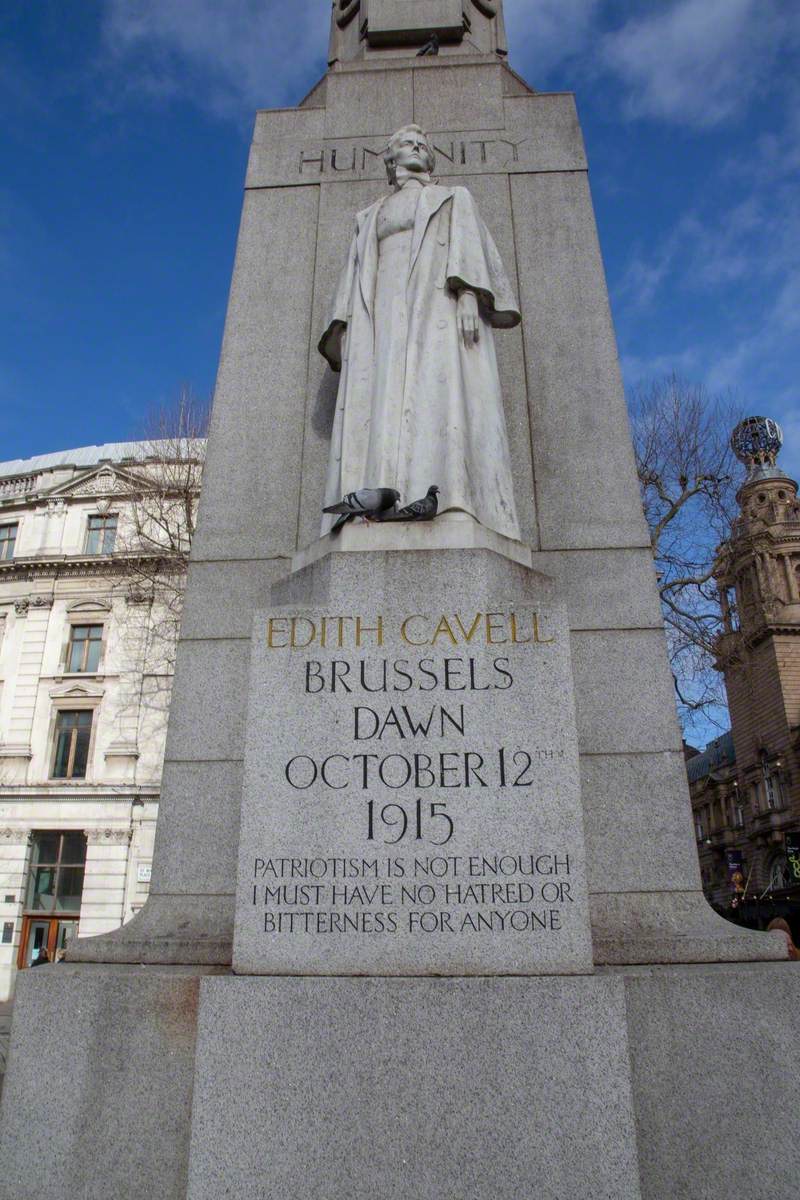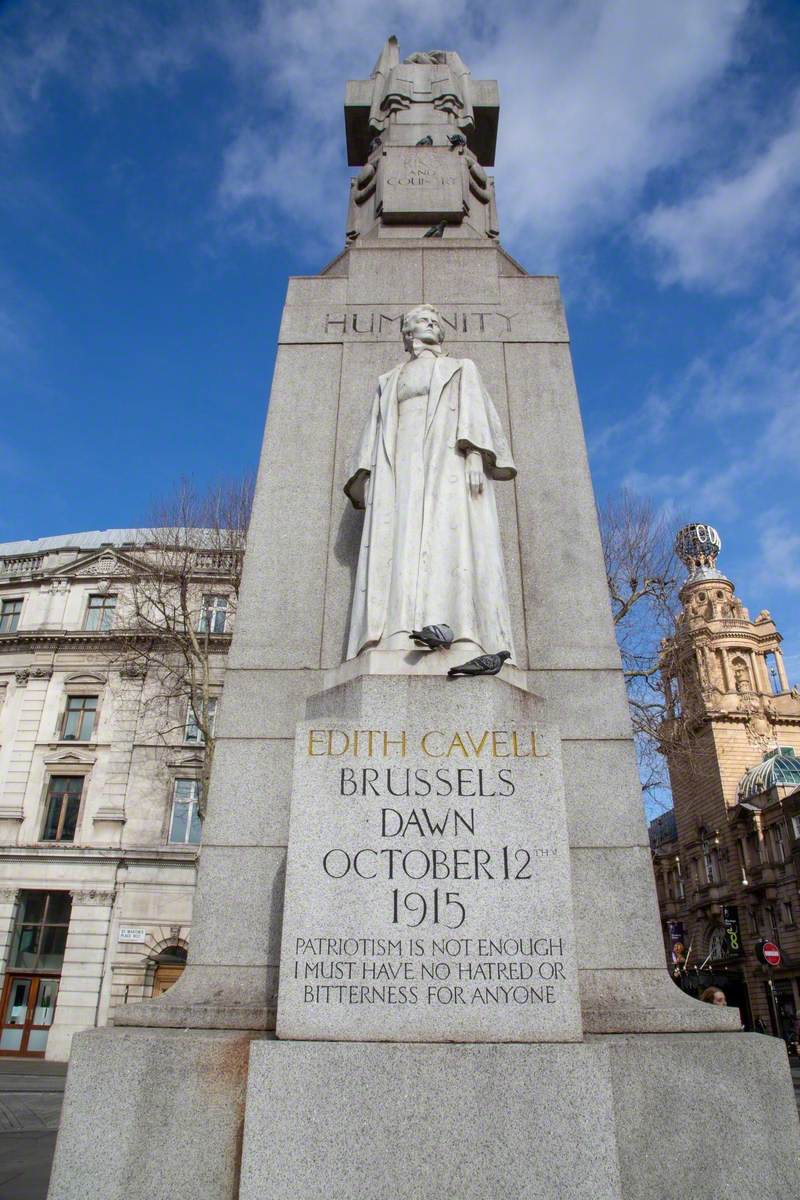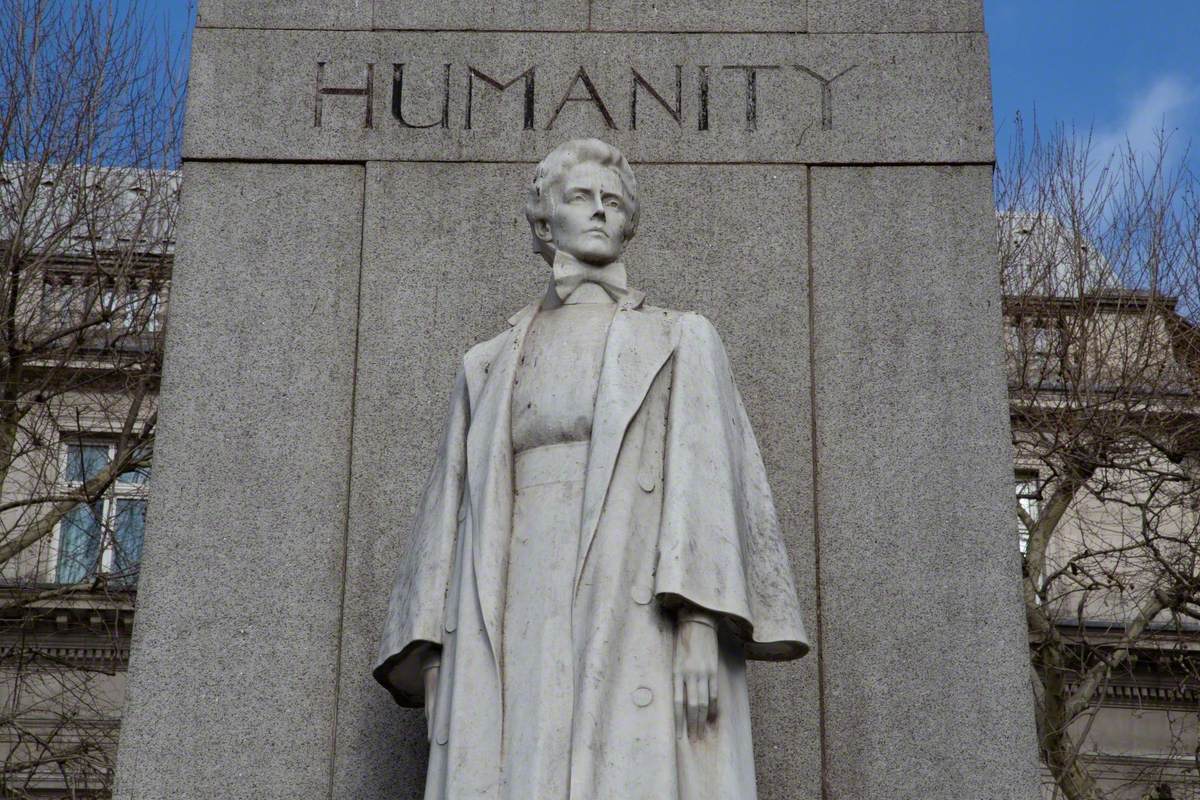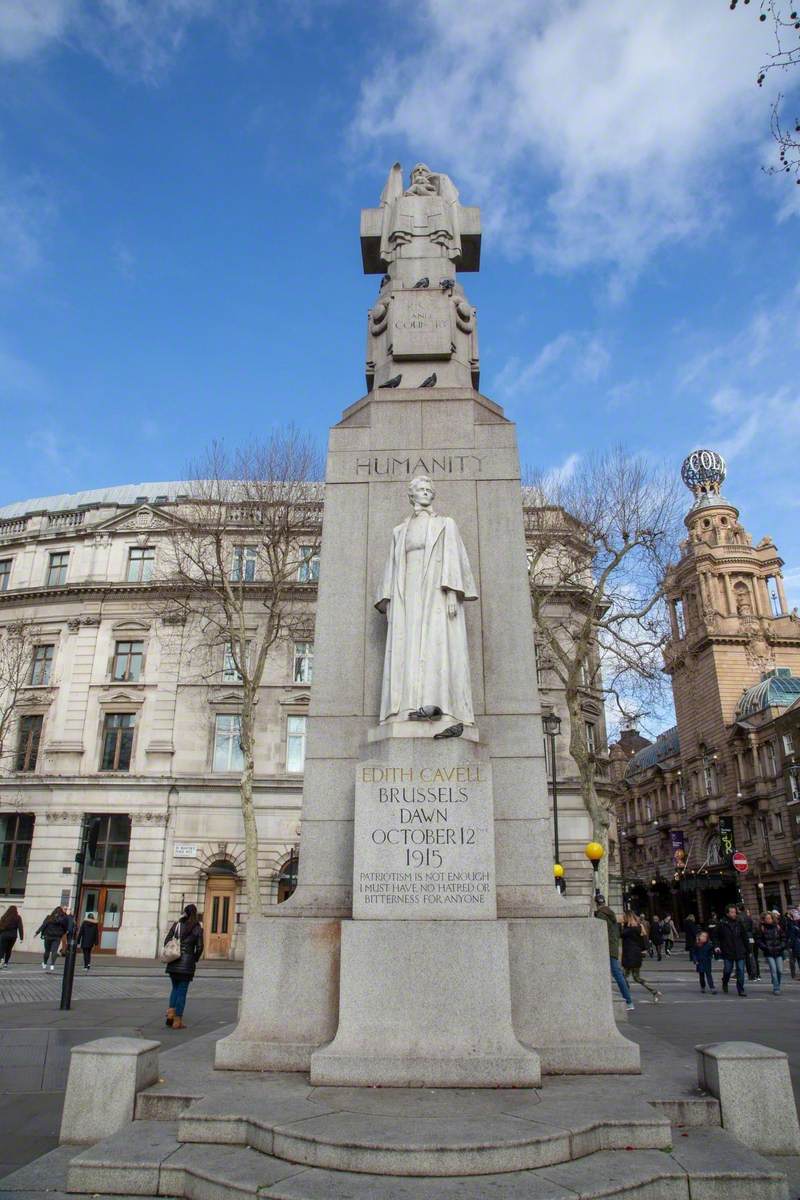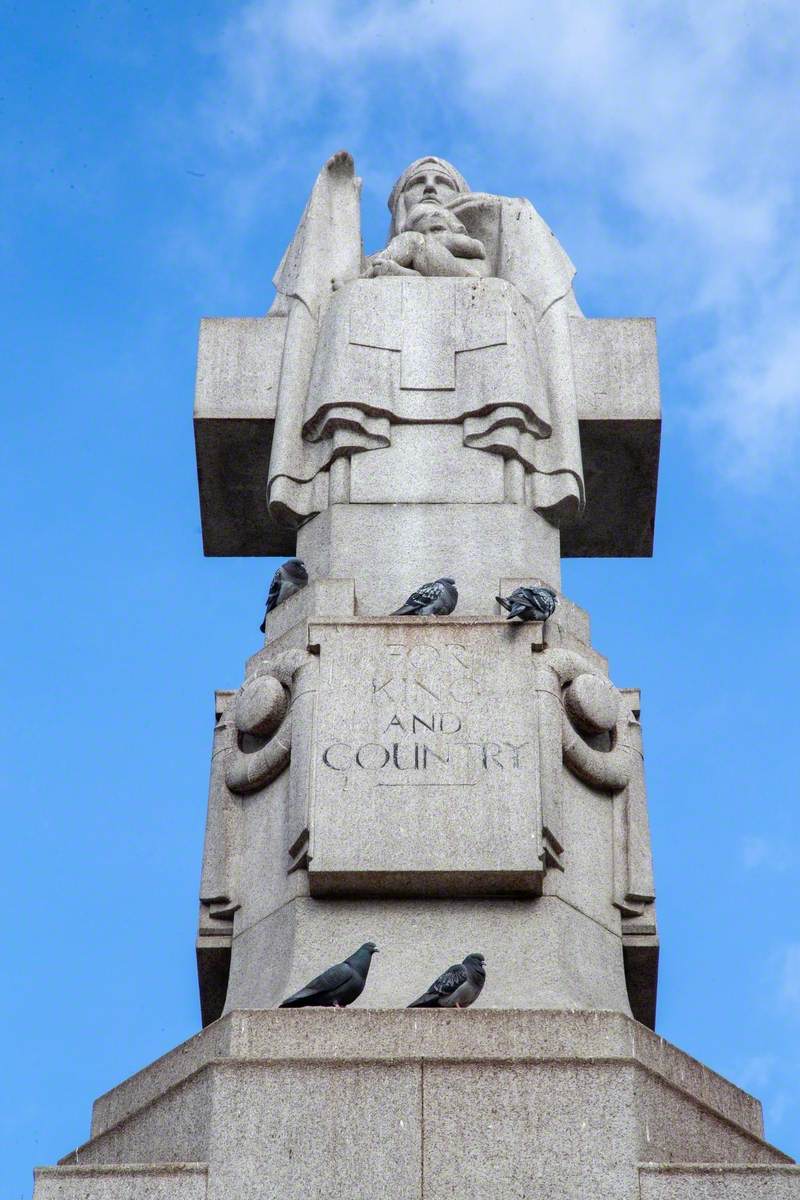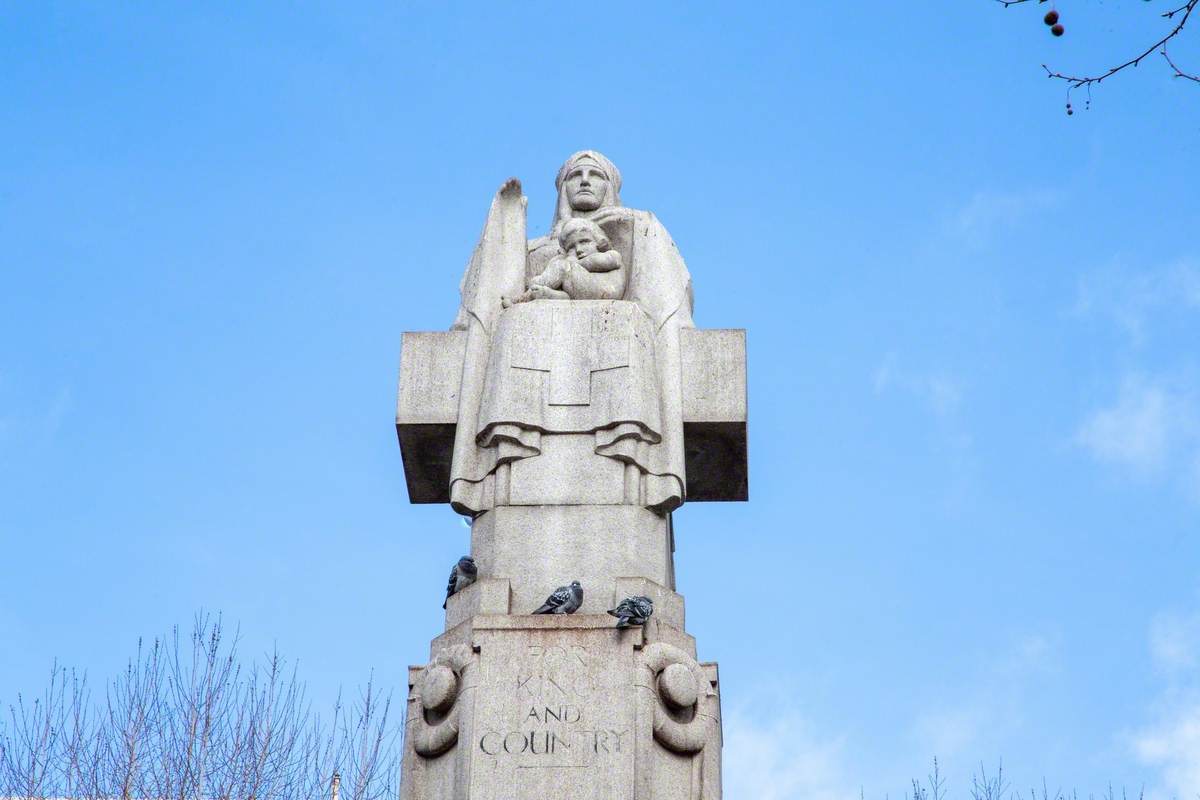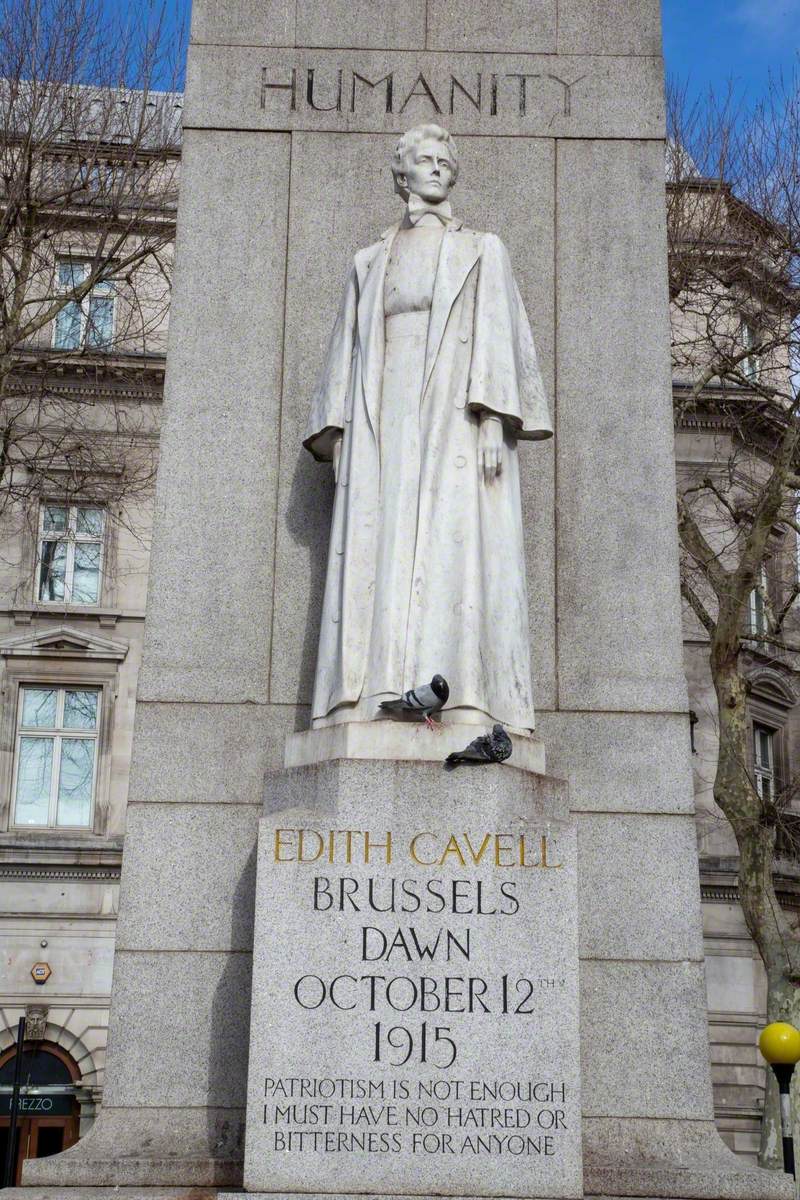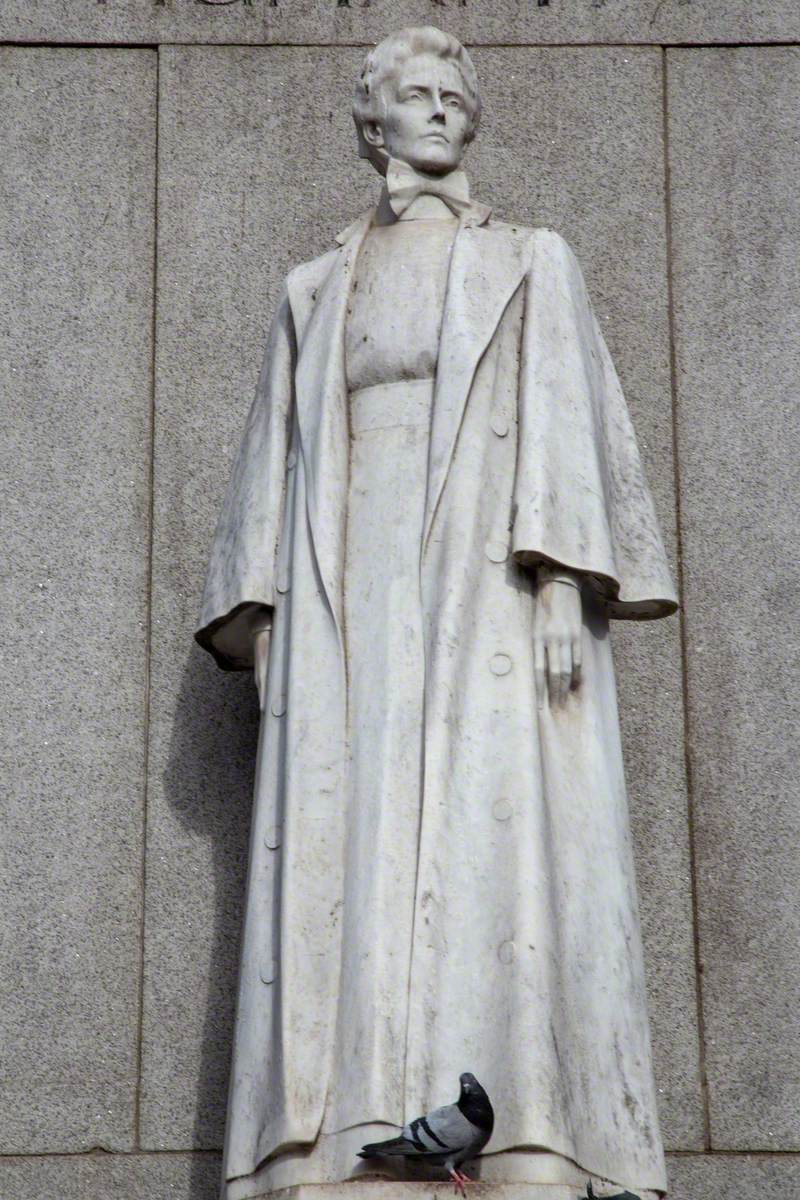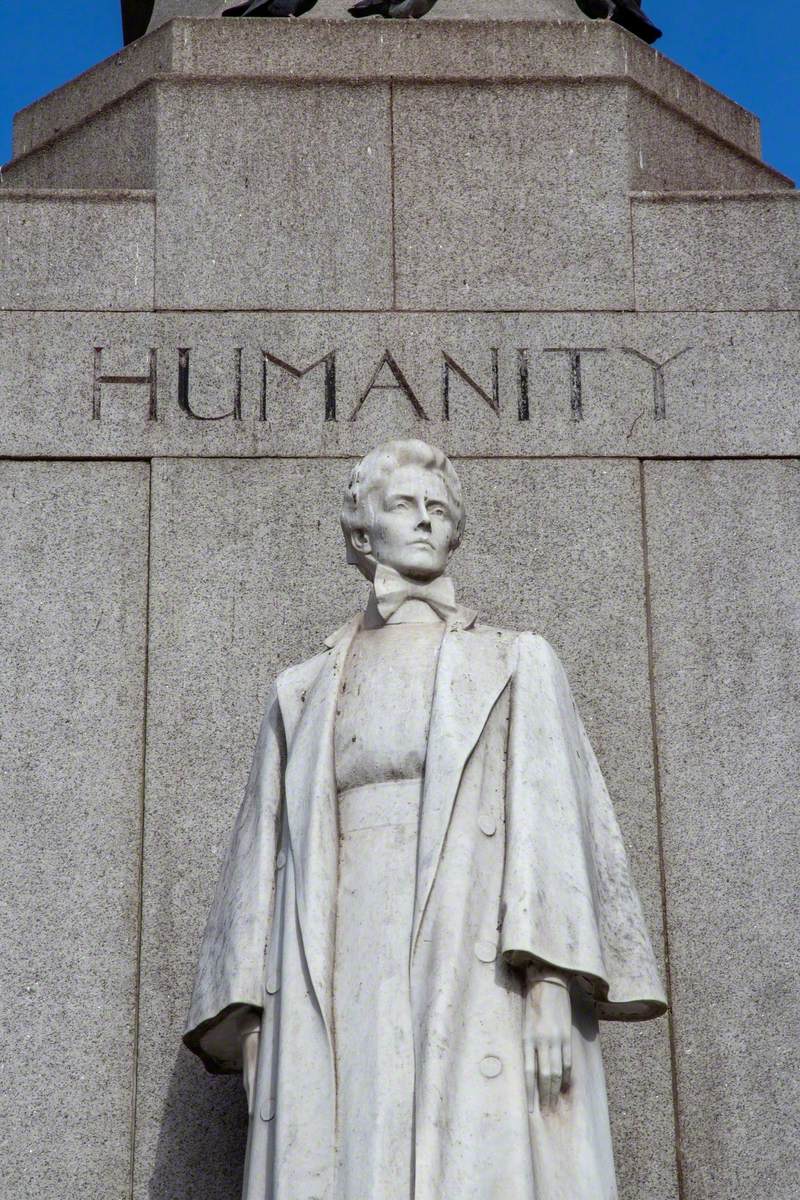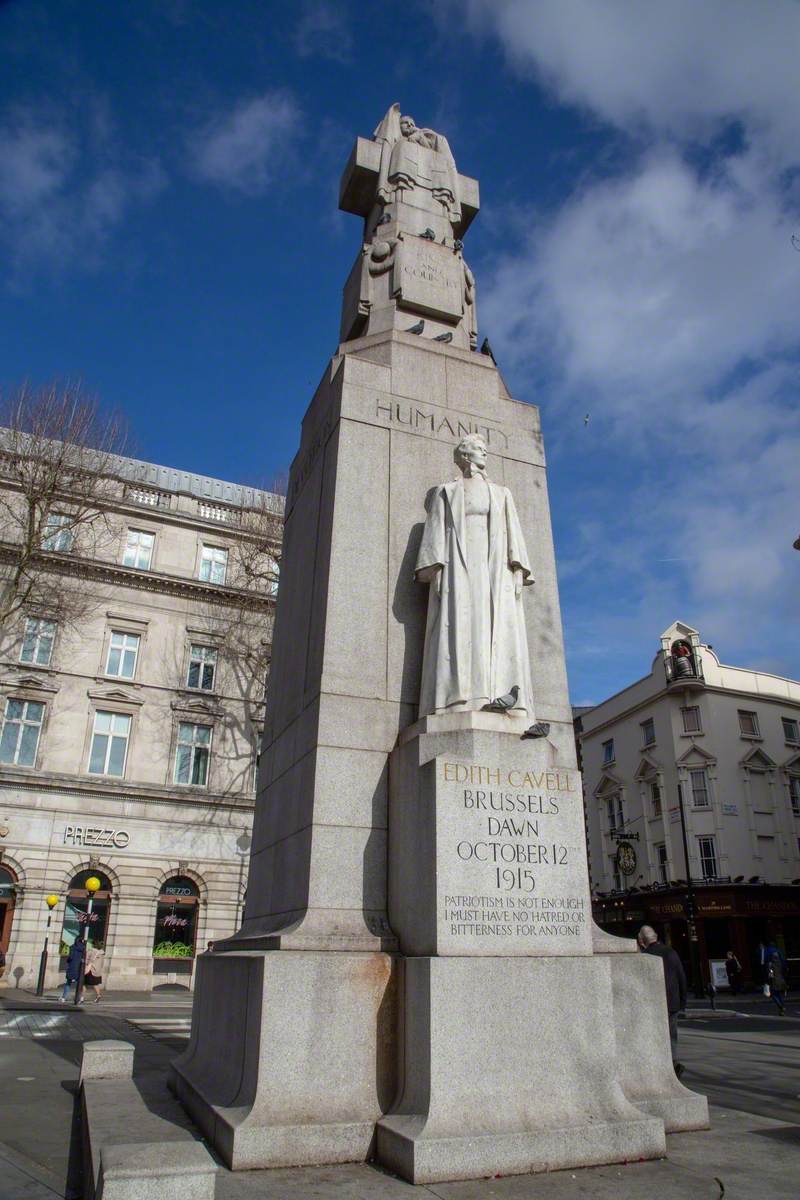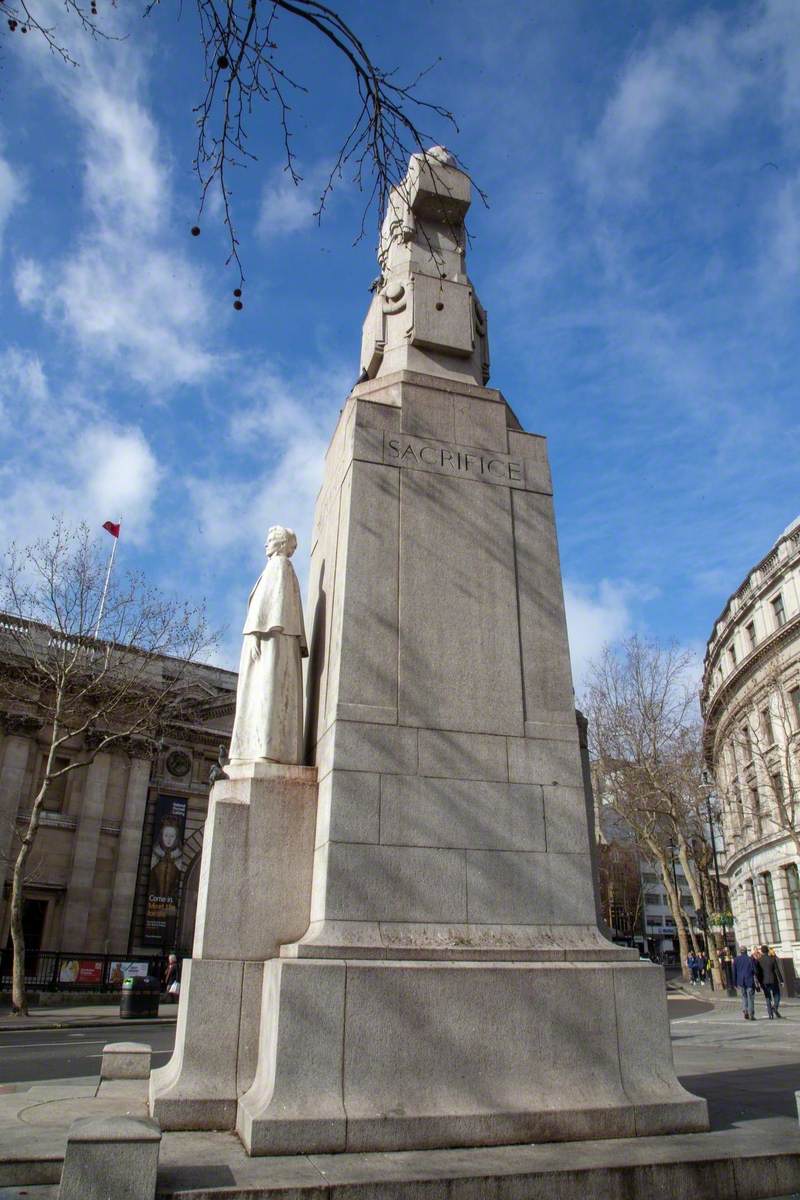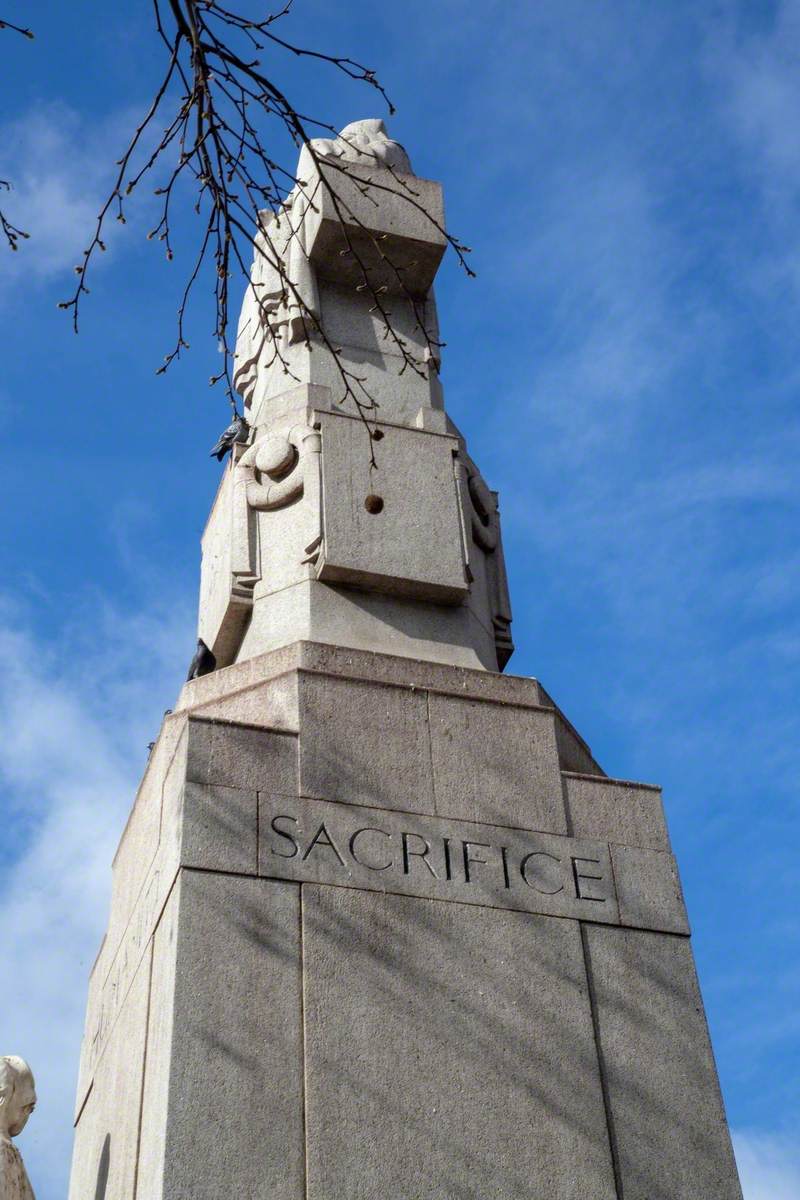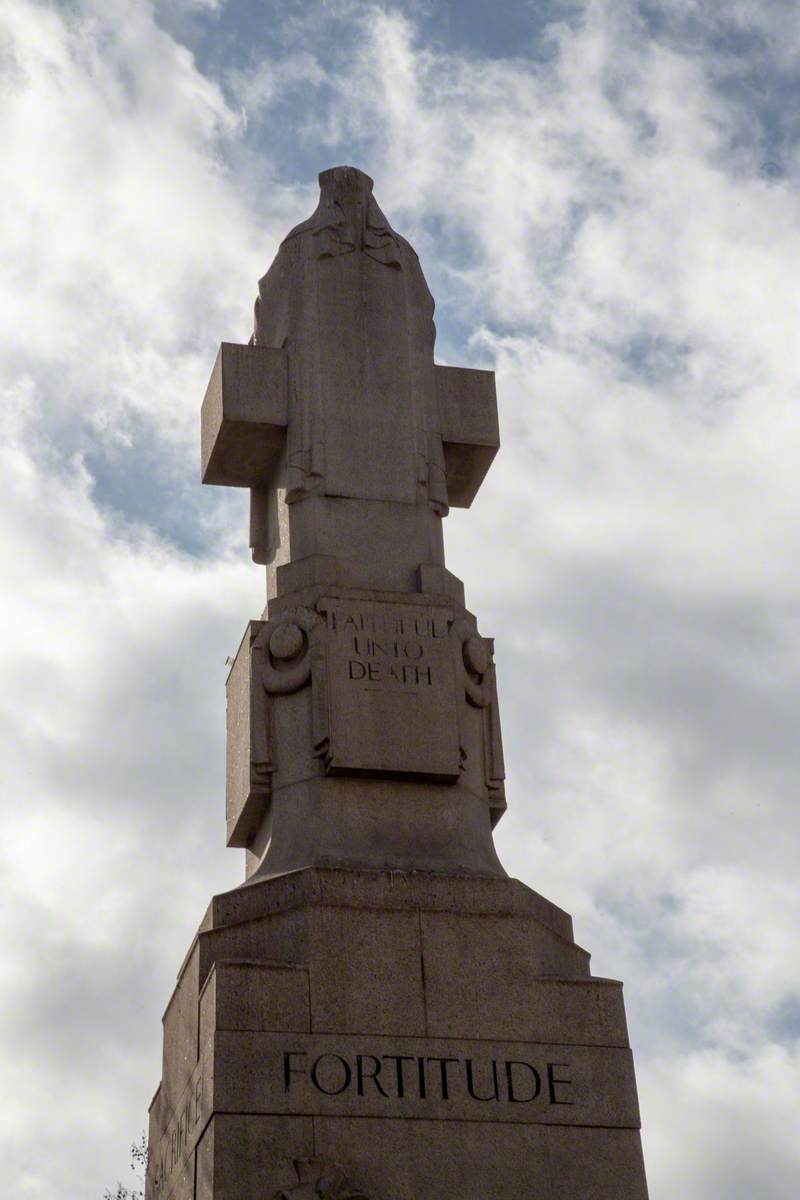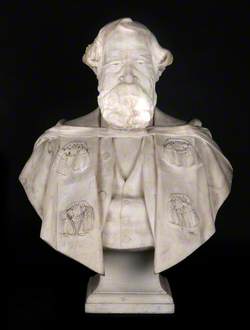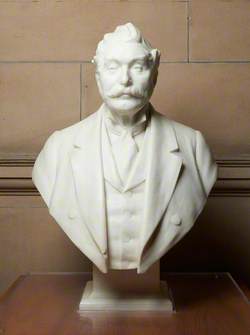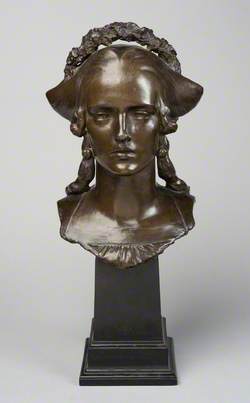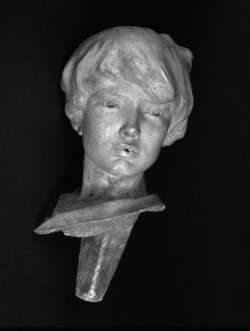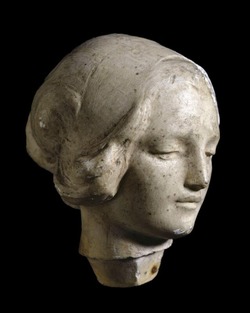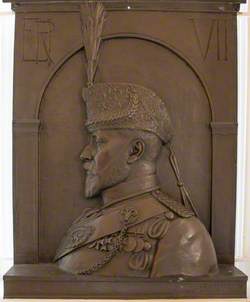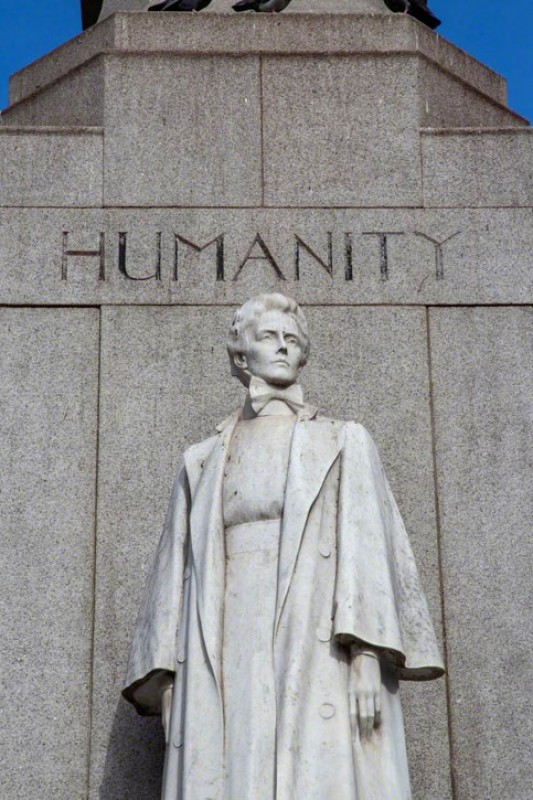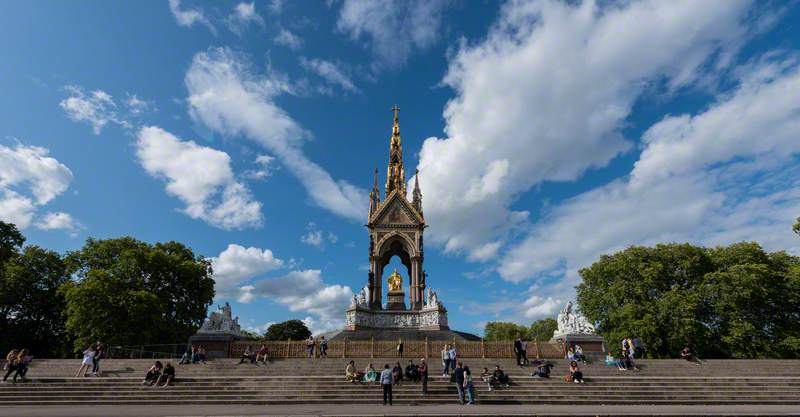How you can use this image
This image is available to be shared and re-used under the terms of the Creative Commons Attribution-NonCommercial licence (CC BY-NC).
This image can be reproduced in any way apart from any commercial uses.
Wherever you reproduce the image or an altered version of it, you must attribute the original creators (acknowledge the original artist(s), the person/organisation that took the photograph of the work) and any other stated rights holders.
Review our guidance pages which explain how you can reuse images, how to credit an image and how to find more images in the public domain or with a Creative Commons licence available.
DownloadNotes
Add or edit a note on this artwork that only you can see. You can find notes again by going to the ‘Notes’ section of your account.
Title
Edith Cavell (1865–1915)
Date
1915–1920
Medium
Cornish grey granite & white marble
Measurements
H 1080 x W (?) x D (?) cm
Accession number
WC2N_TJ_S042
Acquisition method
purchased by public subscription
Work type
Statue
Custodian
English Heritage
Work status
extant
Listing status
Grade II (England and Wales)
Unveiling date
17th March 1920
Listing date
23/01/70
Access
at all times
Signature/marks description
on left side of base of the portrait statue: GEO FRAMPTON RA / 1920; on the lion and serpent relief, bottom left: gf (monogram)
Inscription description
on front of pedestal: EDITH CAVELL / BRUSSELS / DAWN / OCTOBER 12th / 1915 / PATRIOTISM IS NOT ENOUGH / I MUST HAVE NO HATRED OR / BITTERNESS FOR ANYONE; on horizontal stone above statue, at front: HUMANITY; on horizontal stone above statue, east side: SACRIFICE; on horizontal stone above statue, west side: DEVOTION; on horizontal stone above statue, at back: FORTITUDE; on panel below the group of Humanity, at front: FOR / KING / AND / COUNTRY; on panel below the group of Humanity, at back: FAITHFUL / UNTO / DEATH
